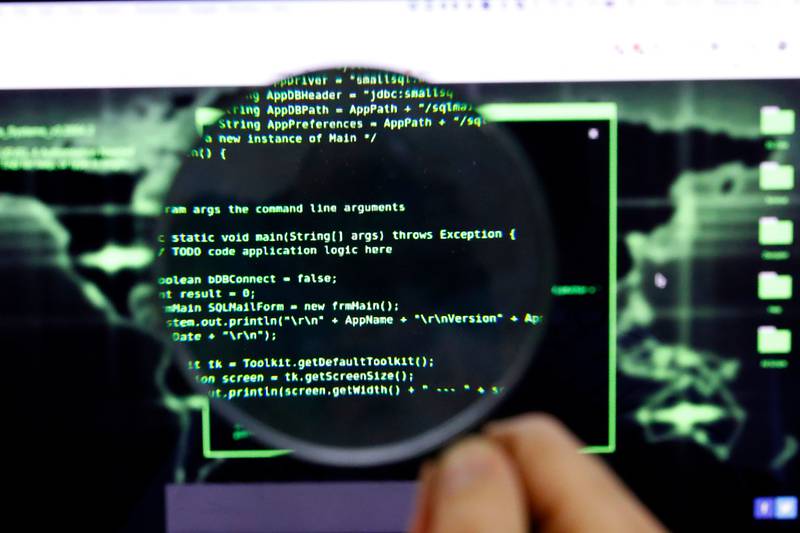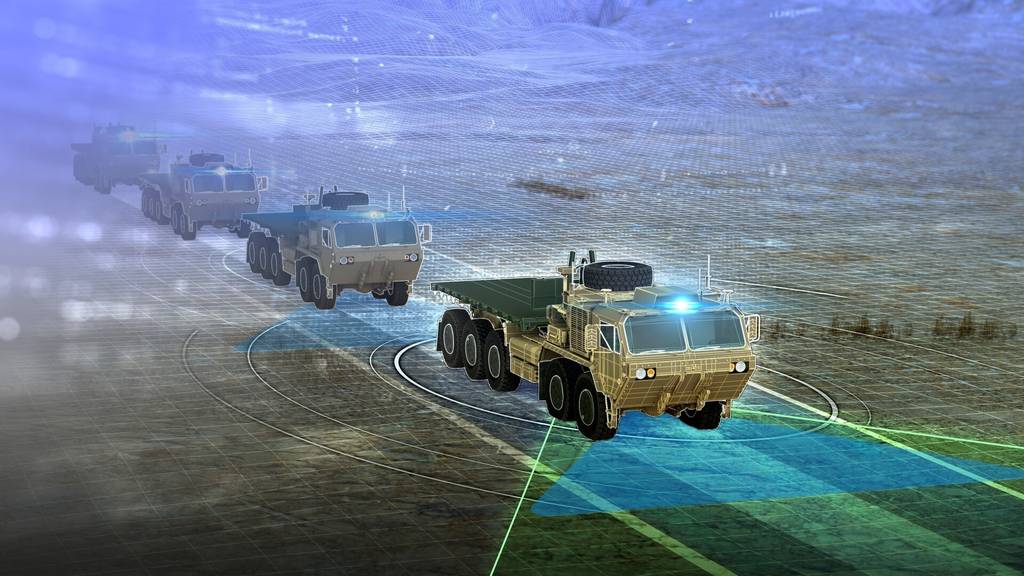WASHINGTON — The U.S. Army and the Defense Innovation Unit selected three companies to help create heavy-duty vehicles capable of independently navigating rugged terrain and restocking soldiers in the field.
Neya Systems, Robotic Research Autonomous Industries and Carnegie Robotics bested dozens of other contenders to conduct autonomy prototyping for the Ground Expeditionary Autonomous Retrofit System project, or GEARS.
The initial arrangements, announced earlier this month, are worth millions of dollars. Future phases will yield additional work and payouts.
“The name of the game of this program isn’t developing something new and novel,” Neya’s Kurt Bruck said in an interview. “The name of the game of this is to field autonomy.”
The Defense Department is pouring money into artificial intelligence, autonomy, computer vision and similar capabilities to augment future fighting. Robots and other advanced machinery can introduce additional firepower to the battlefield or explore areas considered too risky for human travel.
RELATED

In this case, the Army and DIU are looking to existing commercial experts to embed autonomy aboard the Oshkosh-made Palletized Load System, a popular logistics and freight truck. Doing so will keep troops safe while also streamlining the flow of supplies, representatives from each company said.
“Convoys are one of the hottest targets of an enemy. If you can take out a convoy, you can do a major disruption of a resupply mission,” Bruck said. “Driving these vehicles is one of the most dangerous jobs in the DoD right now. If we can make them autonomous, we’ll get the soldiers out of harm’s way, but also we’re able to increase uptime. Soldiers have to sleep.”
The Russia-Ukraine war shows as much. Clogged vehicle columns and lumbering logistics lines were battered in the opening days of the conflict, now approaching its third year. They continue to be targeted.
The Army’s thinking on the matter is distilled into its contested logistics concept — an understanding that an opposing force, like Russia or China, will try to hamstring production and harass resupply with the intent of starving U.S. troops. The service earlier this year established a cross-functional team to tackle the issue.
“In the global war on terror, for the last 20 years, a combat logistics patrol could be a 15-vehicle, 20-vehicle convoy with security, and that is a large, slow, soft, moving target,” Phil Cotter, with Robotic Research, told Defense News.
“In the next fight, against an adversary that has long-range precision fires capability and advanced target identification and recognition capability, we’re going to have to fight in a more dispersed and distributed manner,” he added.
The agreements awarded to Robotic Research, Neya and Carnegie this month call for the delivery of four autonomous prototypes. They will be evaluated throughout fiscal 2024.

One contractor will eventually be picked to furnish a total 41 prototypes, according to the Army. Soldier feedback will inform the process, much like any other tech-development effort.
“We’re ready to go. They’ve given us a pretty tight timeline,” Carnegie’s Eric Soderberg said. “We have familiarity with, of course, all the sensors, and we’ve done similar automation projects. Really, it comes down to pulling those together to make this particular project work the way the Army wants it.”
Vehicles beyond the Palletized Load System are also being considered for conversion. The service did not specify make or model in its announcement, though.
“If you solve this problem well on a PLS truck,” Soderberg said, “you’re probably at a 95% solution for almost any other vehicle you could think of.”
Colin Demarest was a reporter at C4ISRNET, where he covered military networks, cyber and IT. Colin had previously covered the Department of Energy and its National Nuclear Security Administration — namely Cold War cleanup and nuclear weapons development — for a daily newspaper in South Carolina. Colin is also an award-winning photographer.
Noah Robertson is the Pentagon reporter at Defense News. He previously covered national security for the Christian Science Monitor. He holds a bachelor’s degree in English and government from the College of William & Mary in his hometown of Williamsburg, Virginia.








